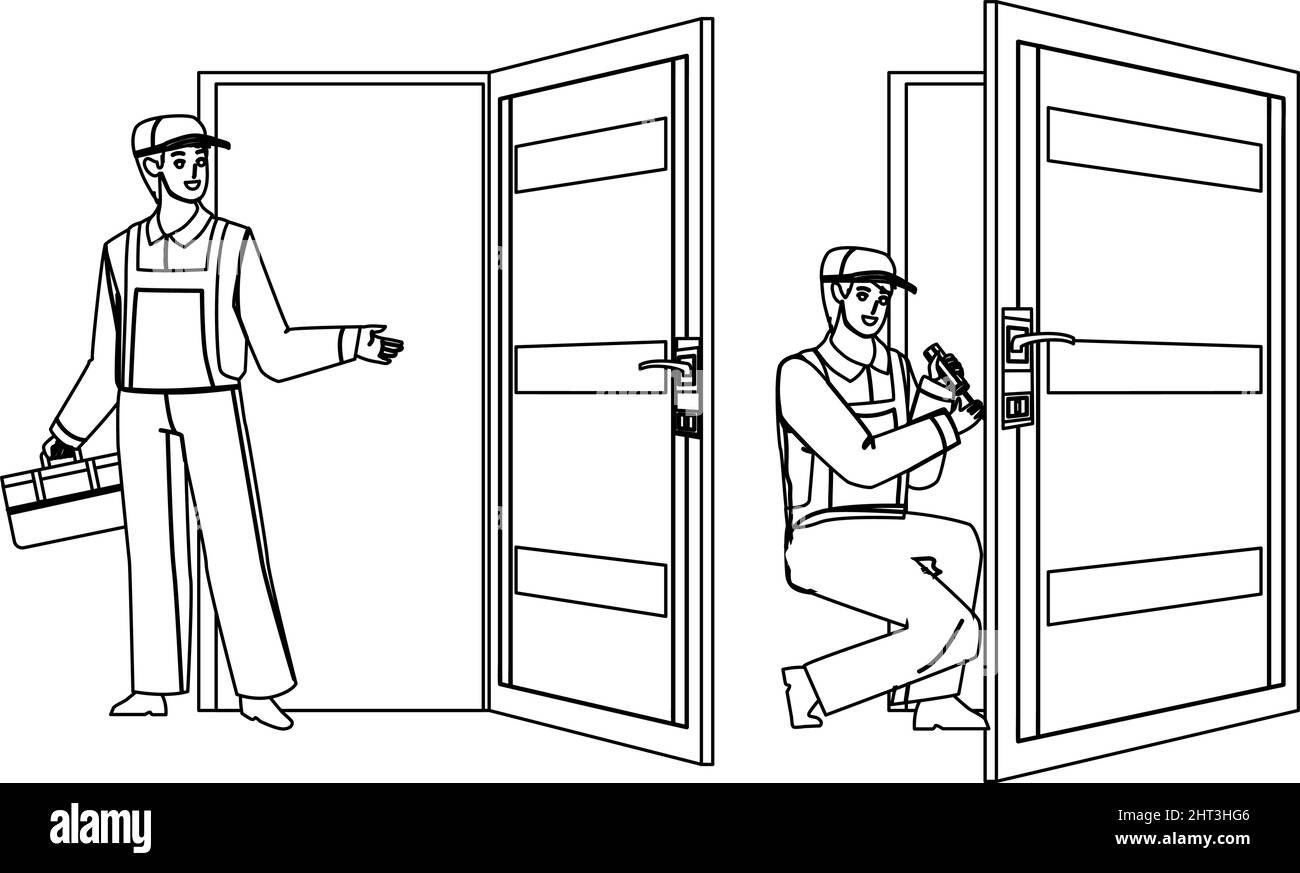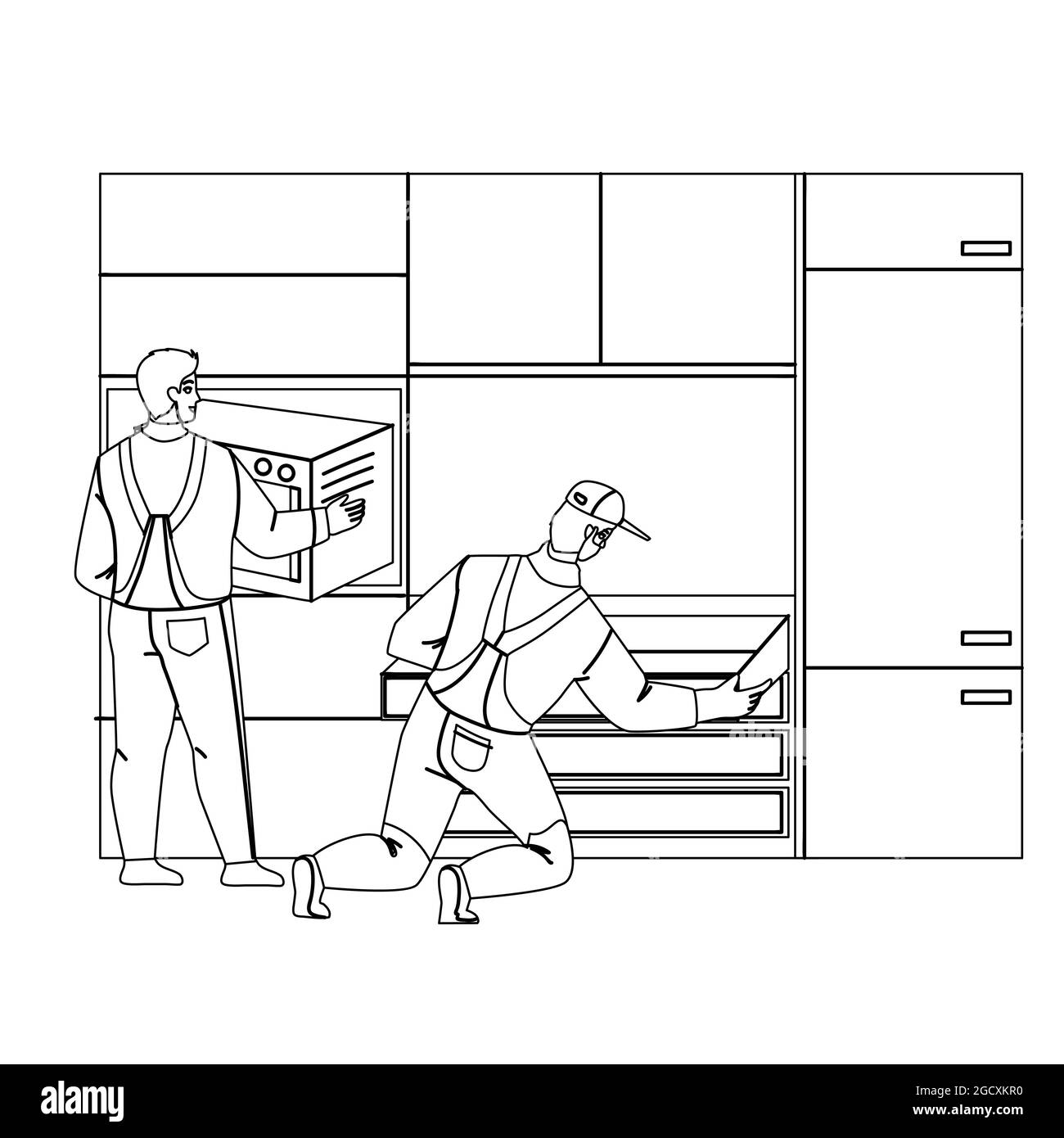
How to Install a Car Amplifier: A Step-by-Step Guide for Audio Enthusiasts
Upgrading your car’s audio system is a rewarding endeavor. A powerful amplifier can transform your listening experience, delivering cleaner, louder, and more dynamic sound. While professional installation is always an option, installing a car amplifier yourself can save you money and provide a sense of accomplishment. This comprehensive guide will walk you through the process, from gathering the necessary tools to fine-tuning your new setup.
Before You Begin: Preparation is Key
-
Safety First: Disconnect the negative terminal of your car battery before starting any work on the electrical system. This prevents accidental shorts and potential damage.
-
Read the Manuals: Familiarize yourself with the amplifier’s and your car stereo’s manuals. They contain crucial information about wiring diagrams, recommended settings, and potential compatibility issues.
-
Gather Your Tools and Materials: Having everything you need within reach will streamline the installation process. Here’s a comprehensive list:
-
Amplifier: Choose an amplifier that matches your speakers’ power requirements and impedance.
-
Wiring Kit: A complete amplifier wiring kit is essential. It should include:
- Power Wire: A thick gauge wire (usually 4-8 gauge) to run from the battery to the amplifier. The gauge depends on the amplifier’s power requirements and the length of the run.
- Ground Wire: A shorter, equally thick wire for grounding the amplifier to the car’s chassis.
- Remote Turn-On Wire (Remote Wire): A thin gauge wire that connects the head unit to the amplifier, signaling it to turn on when the stereo is powered.
- RCA Cables: High-quality RCA cables to transmit the audio signal from the head unit to the amplifier.
- Speaker Wire: To connect the amplifier to the speakers.
- Fuse Holder and Fuse: A fuse holder to protect the amplifier from overcurrent. The fuse rating should match the amplifier’s specifications.
- Wire Connectors and Terminals: Crimp connectors, ring terminals, and spade connectors for making secure and reliable connections.
-
Tools:
- Wire Strippers and Crimpers: For preparing and connecting wires.
- Screwdrivers: A set of Phillips and flathead screwdrivers.
- Socket Set and Wrenches: For removing and tightening screws and bolts.
- Drill and Drill Bits: For drilling holes for mounting the amplifier (if necessary).
- Multimeter: To test voltage and continuity.
- Test Light: To check for power and ground.
- Wire Fish or Coat Hanger: To help route wires through tight spaces.
- Electrical Tape or Heat Shrink Tubing: For insulating connections.
- Cable Ties: To organize and secure wires.
- Utility Knife: For cutting wires and removing insulation.
- Safety Glasses: To protect your eyes.
- Gloves: To protect your hands.
-
-
Plan Your Layout: Determine the best location for the amplifier. Common locations include the trunk, under a seat, or in the glove compartment. Consider these factors:
- Ventilation: The amplifier needs adequate ventilation to prevent overheating.
- Accessibility: Choose a location that allows easy access for adjustments and maintenance.
- Proximity to Wiring: Minimize the length of wiring runs to reduce signal loss and potential interference.
- Security: Choose a location that is less likely to be damaged or stolen.
Step-by-Step Installation Guide
-
Run the Power Wire:
- Locate a suitable entry point in the firewall to pass the power wire from the engine compartment to the interior of the car. Look for existing grommets or rubber seals to avoid drilling.
- If drilling is necessary, use a grommet to protect the wire from chafing against the metal.
- Attach the fuse holder to the power wire within 18 inches of the battery.
- Connect the power wire to the positive (+) terminal of the battery using a ring terminal. Ensure a secure and clean connection.
- Route the power wire along the side of the car, away from moving parts and heat sources. Secure the wire with cable ties.
-
Ground the Amplifier:
- Choose a solid metal point on the car’s chassis as close to the amplifier as possible.
- Clean the metal surface thoroughly to ensure a good electrical connection. Remove any paint or rust.
- Attach the ground wire to the chassis using a ring terminal and a bolt. Ensure a tight and secure connection.
-
Run the Remote Turn-On Wire:
- Locate the remote turn-on wire on your head unit. It is usually a blue or blue/white wire.
- Run the remote turn-on wire from the head unit to the amplifier, following the same path as the power wire.
- Connect the remote turn-on wire to the corresponding terminal on the amplifier.
-
Connect the RCA Cables:
- Run the RCA cables from the head unit to the amplifier.
- Connect the RCA cables to the corresponding inputs on the amplifier. Ensure that the left and right channels are correctly matched.
-
Connect the Speaker Wires:
- Run the speaker wires from the amplifier to the speakers.
- Connect the speaker wires to the corresponding terminals on the amplifier and the speakers. Pay close attention to polarity (+ and -). Incorrect polarity can result in poor sound quality.
-
Mount the Amplifier:
- Secure the amplifier to its mounting location using screws or bolts. Ensure that the amplifier is securely mounted and will not move around while the car is in motion.
-
Reconnect the Battery:
- Reconnect the negative terminal of the car battery.
-
Test the System:
- Turn on the head unit and test the audio system. Start with a low volume level and gradually increase it.
- Listen for any distortion or unusual noises.
- Check the amplifier for overheating.
-
Adjust the Amplifier Settings:
- Refer to the amplifier’s manual for instructions on how to adjust the gain, crossover, and other settings.
- Adjust the settings to match your speakers’ specifications and your personal listening preferences.
-
Final Touches:
- Organize and secure all the wiring with cable ties.
- Ensure that all connections are secure and insulated.
- Double-check all your work before closing up the installation.
Troubleshooting Tips
- No Power: Check the fuse in the power wire. Ensure that the power and ground connections are secure. Verify that the remote turn-on wire is properly connected and receiving power.
- Distorted Sound: Check the speaker wires for shorts or loose connections. Adjust the amplifier’s gain setting. Ensure that the speakers are not being overdriven.
- Overheating: Ensure that the amplifier has adequate ventilation. Check the impedance of the speakers to ensure that it matches the amplifier’s specifications.
- Hum or Noise: Run the RCA cables away from power wires to minimize interference. Ground the head unit to the same point as the amplifier.
Important Considerations
- Speaker Impedance: Ensure that the amplifier is compatible with the impedance of your speakers. Using an amplifier with an incompatible impedance can damage the amplifier or the speakers.
- Power Handling: Choose an amplifier that can provide enough power to your speakers without overdriving them.
- Professional Installation: If you are not comfortable performing the installation yourself, consider hiring a professional installer.
Conclusion
Installing a car amplifier can significantly enhance your car’s audio system. By following these steps and taking the necessary precautions, you can achieve a professional-quality installation and enjoy a superior listening experience. Remember to prioritize safety and take your time to ensure that all connections are secure and properly insulated. Happy listening!
